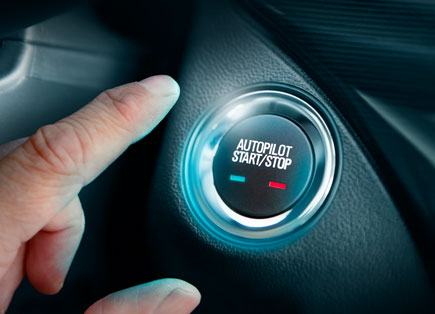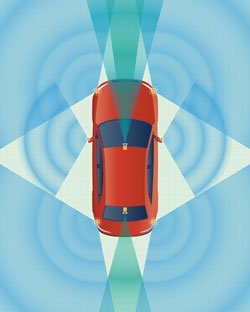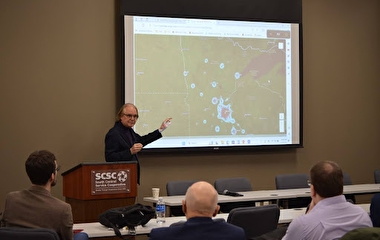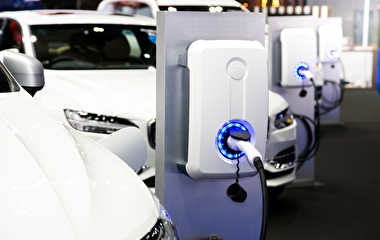More than 90 percent of motor vehicle crashes are caused at least in part by human error. For the transportation community, this is a key motivator to encourage automated driving. However, despite its life-saving potential, automated driving has seen its share of pushback; in fact, some states have passed laws restricting it. So what role should government play in promoting this promising technology?
In the luncheon presentation of CTS’s 2016 research conference, Bryant Walker Smith outlined steps that governments can take to encourage the development, deployment, and use of automated driving systems. Smith is an assistant professor in the School of Law at the University of South Carolina and an internationally recognized expert on self-driving vehicle laws.
According to Smith, public perception barriers to new technologies like automated driving are nothing new. “In the late 1800s there was a big backlash against the bicycle, and a few decades later we saw cities passing laws outlawing cars,” he said. “With any new technology, we tend to forget the old problems and only see the new problems being created.”
One example of this response to automated driving was the public attention surrounding the fatal crash of a self-driving Tesla in July 2016, which generated a flurry of news coverage. “What we didn’t hear about were the 100 other people who died in car crashes that day,” said Smith. “Our society focuses on the new, shiny, and scary to the exclusion of the highly imperfect status quo—a status quo that everyone agrees is a public health crisis.”
To prevent this type of knee-jerk reaction, Smith encourages governments to take steps to “prepare, inform, clarify, restrict, and promote” automated driving. He gave several examples for each strategy: prepare by developing scenarios about the future of automated driving and examining the impacts of those scenarios, inform by creating a “break-the-glass” plan in case of a serious automated driving incident, clarify by specifying that the user of a commercial automated driving service is not the driver or operator of the vehicle, restrict by mandating that any developer of an automated driving system file a 15-point safety assessment with the National Highway Traffic Safety Administration, and promote by internalizing the costs of driving.
“Driving today imposes all kinds of costs on others for which the driver does not pay, while automated driving has the potential to make driving safer and more economically efficient while improving land use by greatly reducing the need for parking spaces,” said Smith. “If costs like gas, parking, enforcement, and insurance are borne more fully by the drivers of the vehicles, automated driving makes more sense. As a result, automated driving creates the opportunity to address issues like raising the gas tax and increasing insurance minimums by linking them to the excitement of this new technology.”
Finally, Smith provided insight into the frequently asked question of who is liable for automated driving crashes. “Though liability is presented as a major issue, I would argue it is not a significant challenge,” Smith said. “We can expect that with automated driving, crashes will decrease overall, so though product liability may come to represent a larger share of total crashes, the potential costs may not markedly increase. In addition, we are likely to see a service model rather than an ownership model with automated driving, so manufacturers will have flexibility to adjust their pricing as liability potential becomes clear.”




